Experience: Bergen Belsen
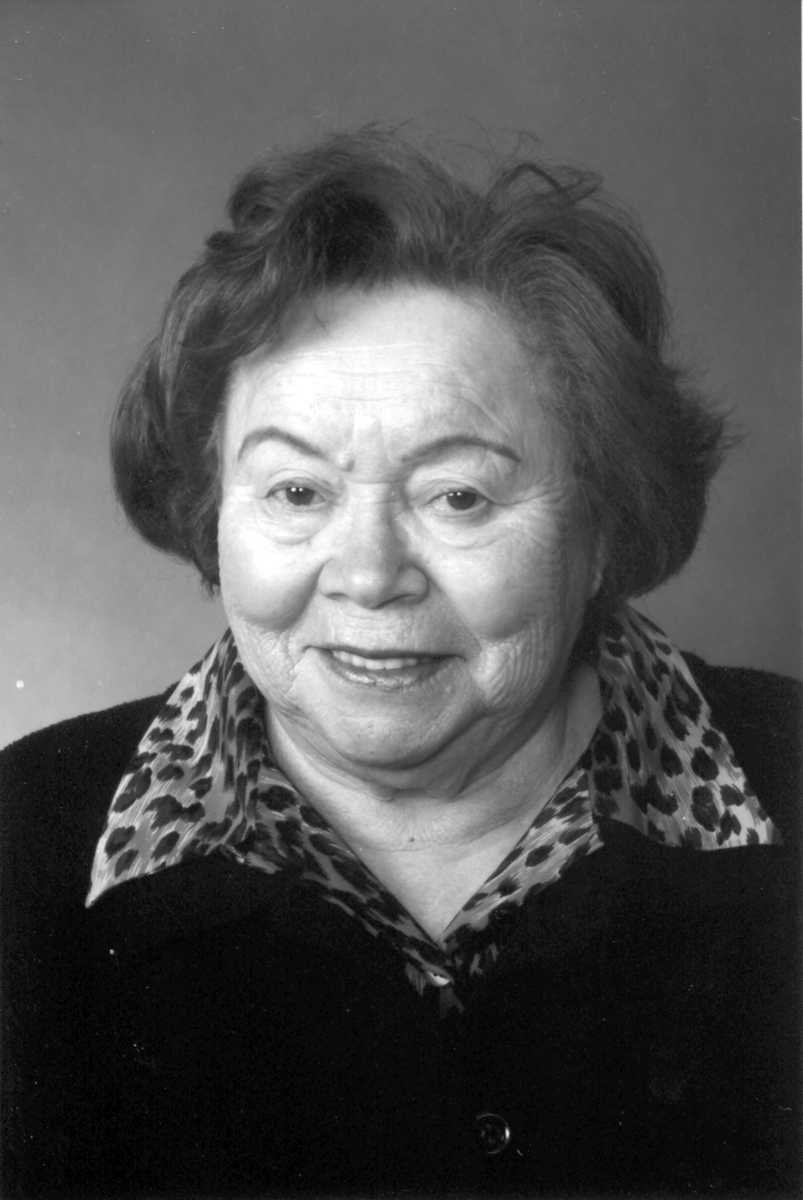
|
|
|
|
|
|
|
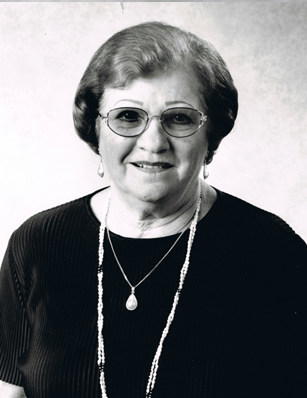
|

|
|
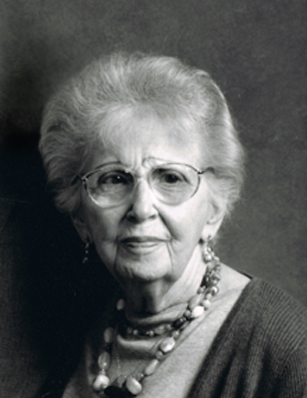
|
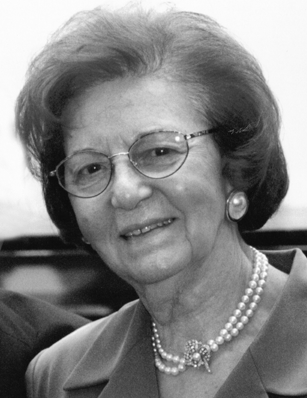
|
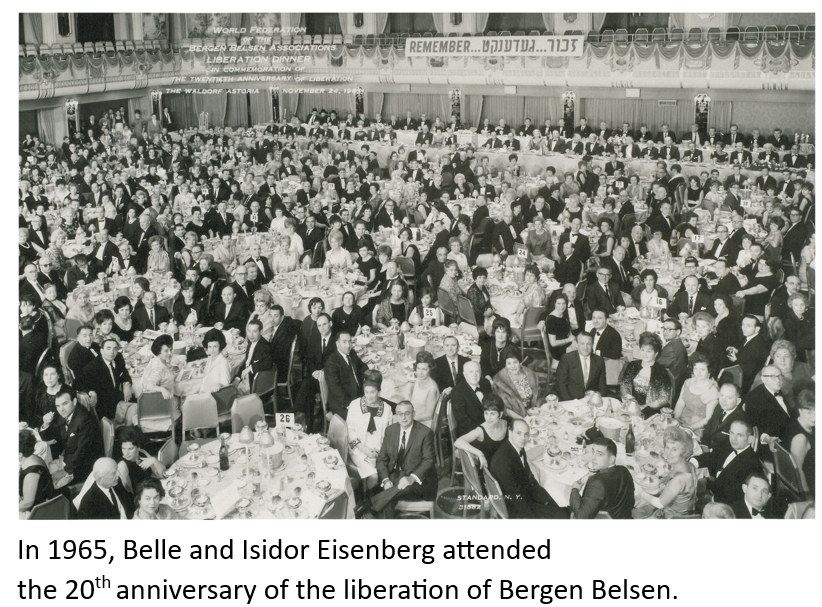
|
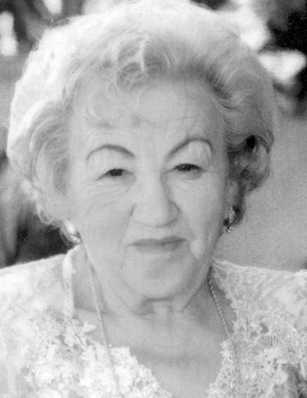
|
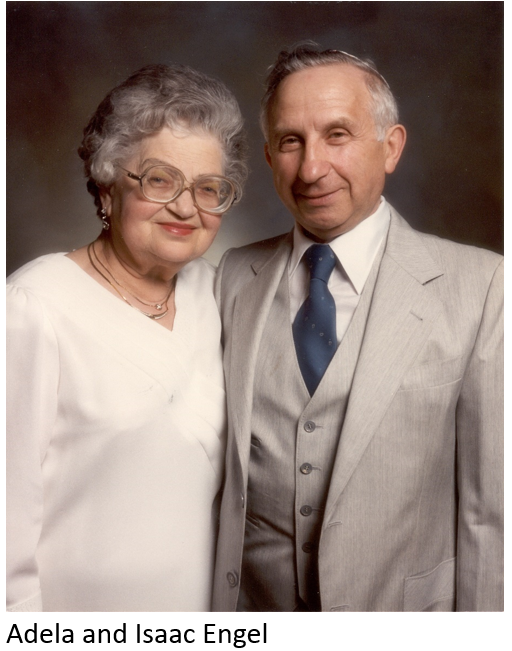
|
|
|
|
|
|
|
|
|
|
|

|
|
|
|
|
|
|
|
|
|
|
|
|
|
|
|
|

|
|
|
|
|
|
|
|
|
|
|
|
|
|
|
|
|
|
|
|
|
|
|
|
|
|
|
|
|
|
|
|
|
|
|
|
|
|
|
|
|
|
|
|
|
|

|
|
|
|
|
|
|
|
|
|
“German military authorities established the Bergen-Belsen camp in 1940, in a location south of the small towns of Bergen and Belsen, about 11 miles north of Celle, Germany. Until 1943, Bergen-Belsen was exclusively a prisoner-of-war (POW) camp. In April 1943 the SS Economic-Administration Main Office (SS Wirtschafts-Verwaltungshauptamt; WVHA) which administered the concentration camp system, took over a portion of Bergen-Belsen and converted it first into a civilian residence camp and, later, into a concentration camp. Thus, while the German government placed the Bergen-Belsen camp complex within the concentration camp system, the WVHA initially gave it a special designation.
“The Bergen-Belsen camp complex was composed of numerous camps, established at various times during its existence. There were three main components of the camp complex: the POW camp, the "residence camp" (Aufenthaltslager), and the "prisoners' camp" (Häftlingslager).
“The prisoner-of-war camp functioned as such from 1940 until January of 1945. The "residence camp" was in operation from April 1943 until April 1945, and was composed of four subcamps: the "special camp" (Sonderlager), the "neutrals camp" (Neutralenlager), the "star camp" (Sternlager), and the "Hungarian camp" (Ungarnlager). The "prisoners' camp," also in operation from April 1943 until April 1945, consisted of the initial "prisoner's camp," the "recuperation camp" (Erholungslager), the "tent camp" (Zeltlager), the "small women's camp" (Kleines Frauenlager), and the "large women's camp" (Grosses Frauenlager).
“Over the course of its existence, the Bergen-Belsen camp complex held Jews, POWs, political prisoners, Roma (Gypsies), "asocials," criminals, Jehovah's Witnesses, and homosexuals.
“As Allied and Soviet forces advanced into Germany in late 1944 and early 1945, Bergen-Belsen became a collection camp for thousands of Jewish prisoners evacuated from camps closer to the front. The arrival of thousands of new prisoners, many of them survivors of forced evacuations on foot, overwhelmed the meager resources of the camp. With an increasing number of transports of female prisoners, the SS dissolved the northern portion of the camp complex, which was still in use as a POW camp, and established the so-called "large women's camp" (Grosses Frauenlager) in its place in January 1945. This camp housed women evacuated from Flossenbürg, Gross-Rosen, Ravensbrück, Neuengamme, Mauthausen, and Buchenwald concentration camps, as well as various subcamps and labor camps.
“At the end of July 1944, there were around 7,300 prisoners interned in the Bergen-Belsen camp complex. At the beginning of December 1944, this number had increased to about 15,000, and in February 1945 the number of prisoners was 22,000. As prisoners evacuated from the east continued to arrive, the camp population soared to over 60,000 by April 15, 1945. From late 1944, food rations throughout Bergen-Belsen continued to shrink. By early 1945, prisoners would sometimes go without food for days; fresh water was also in short supply.
“Sanitation was incredibly inadequate, with few latrines and water faucets for the tens of thousands of prisoners interned in Bergen-Belsen at this time. Overcrowding, poor sanitary conditions, and the lack of adequate food, water, and shelter led to an outbreak of diseases such as typhus, tuberculosis, typhoid fever, and dysentery, causing an ever-increasing number of deaths. In the first few months of 1945, tens of thousands of prisoners died.
“On April 15, 1945, British forces liberated Bergen-Belsen. The British found around sixty thousand prisoners in the camp, most of them seriously ill. Thousands of corpses lay unburied on the campgrounds. Between May 1943 and April 15, 1945, 36,400 to 37,600 prisoners died in Bergen-Belsen. More than 13,000 former prisoners, too ill to recover, died after liberation. After evacuating Bergen-Belsen, British forces burned down the whole camp to prevent the spread of typhus.
“During its existence, approximately 50,000 persons died in the Bergen-Belsen concentration camp complex including Anne Frank and her sister Margot, both of whom died in the camp in March 1945. Most of the victims were Jews. After liberation, British occupation authorities established a displaced persons camp that housed more than 12,000 survivors. It was located in a German military school barracks near the original concentration camp site and functioned until 1951.
SS PERSONNEL
SS-Hauptsturmführer Adolf Haas became the first commandant of the Bergen-Belsen camp in the spring of 1943; SS-Hauptsturmführer Josef Kramer replaced him in December 1944. The number of SS functionaries in Bergen-Belsen varied over the course of the camp's existence. The SS succeeded in destroying many of the camp's files, including those of personnel.
SS-Hauptsturmführer Adolf Haas became the first commandant of the Bergen-Belsen camp in the spring of 1943; SS-Hauptsturmführer Josef Kramer replaced him in December 1944. The number of SS functionaries in Bergen-Belsen varied over the course of the camp's existence. The SS succeeded in destroying many of the camp's files, including those of personnel.
POSTWAR TRIALS
In the autumn of 1945, a British Military Tribunal in Lüneburg tried 48 members of the Bergen-Belsen staff, including 37 SS personnel and eleven prisoner functionaries. The tribunal sentenced eleven of the defendants to death, including camp commandant Josef Kramer. Nineteen other defendants were convicted and sentenced to prison terms; the tribunal acquitted fourteen. On December 12, 1945, British military authorities executed Kramer and his co-defendants”
In the autumn of 1945, a British Military Tribunal in Lüneburg tried 48 members of the Bergen-Belsen staff, including 37 SS personnel and eleven prisoner functionaries. The tribunal sentenced eleven of the defendants to death, including camp commandant Josef Kramer. Nineteen other defendants were convicted and sentenced to prison terms; the tribunal acquitted fourteen. On December 12, 1945, British military authorities executed Kramer and his co-defendants”
Accessed on July 18, 2011
— National Archives and Records Administration, College Park, Md
http://www.ushmm.org/wlc/en/media_ph.php?ModuleId=10005224&MediaId=1797
Accessed July 18, 2011
— National Archives and Records Administration, College Park, Md
http://www.ushmm.org/wlc/en/media_ph.php?ModuleId=10005224&MediaId=1803
Accessed on July 18, 2011
— United States Holocaust Memorial Museum
http://www.ushmm.org/wlc/en/media_ph.php?ModuleId=10005224&MediaId=906
Accessed on July 18, 2011
— United States Holocaust Memorial Museum
http://www.ushmm.org/wlc/en/media_ph.php?ModuleId=10005224&MediaId=1799
Accessed on July 18, 2011
— National Archives and Records Administration, College Park, M
http://www.ushmm.org/wlc/en/media_ph.php?ModuleId=10005224&MediaId=1798
Accessed on July 18, 2011
http://www.ushmm.org/wlc/en/media_ph.php?ModuleId=10005224&MediaId=1798
Accessed on July 18, 2011
Contact us
thank you!
Your application is successfuly submited. We will contact you as soon as possible
thank you!
Your application is successfuly submited. Check your inbox for future updates.